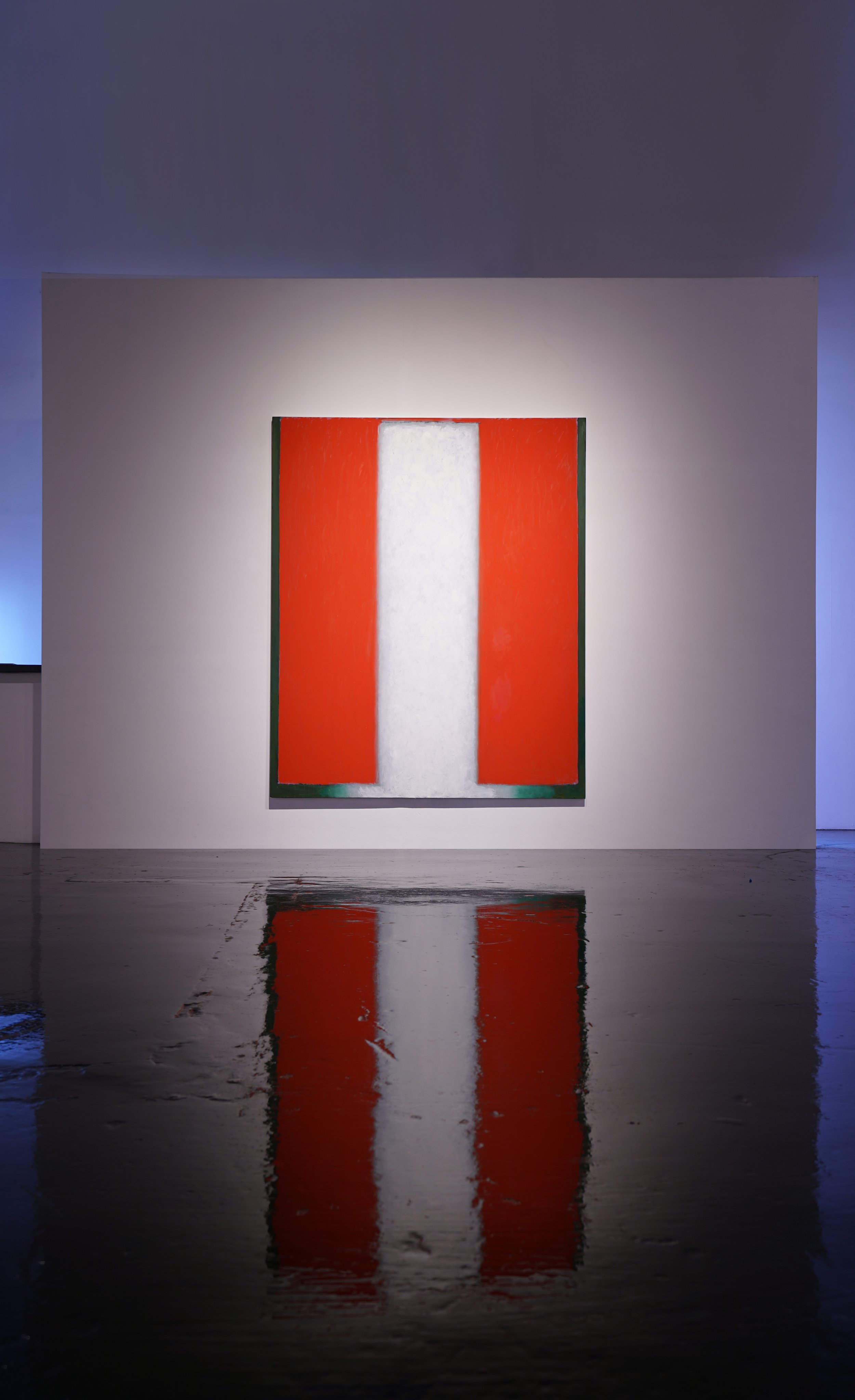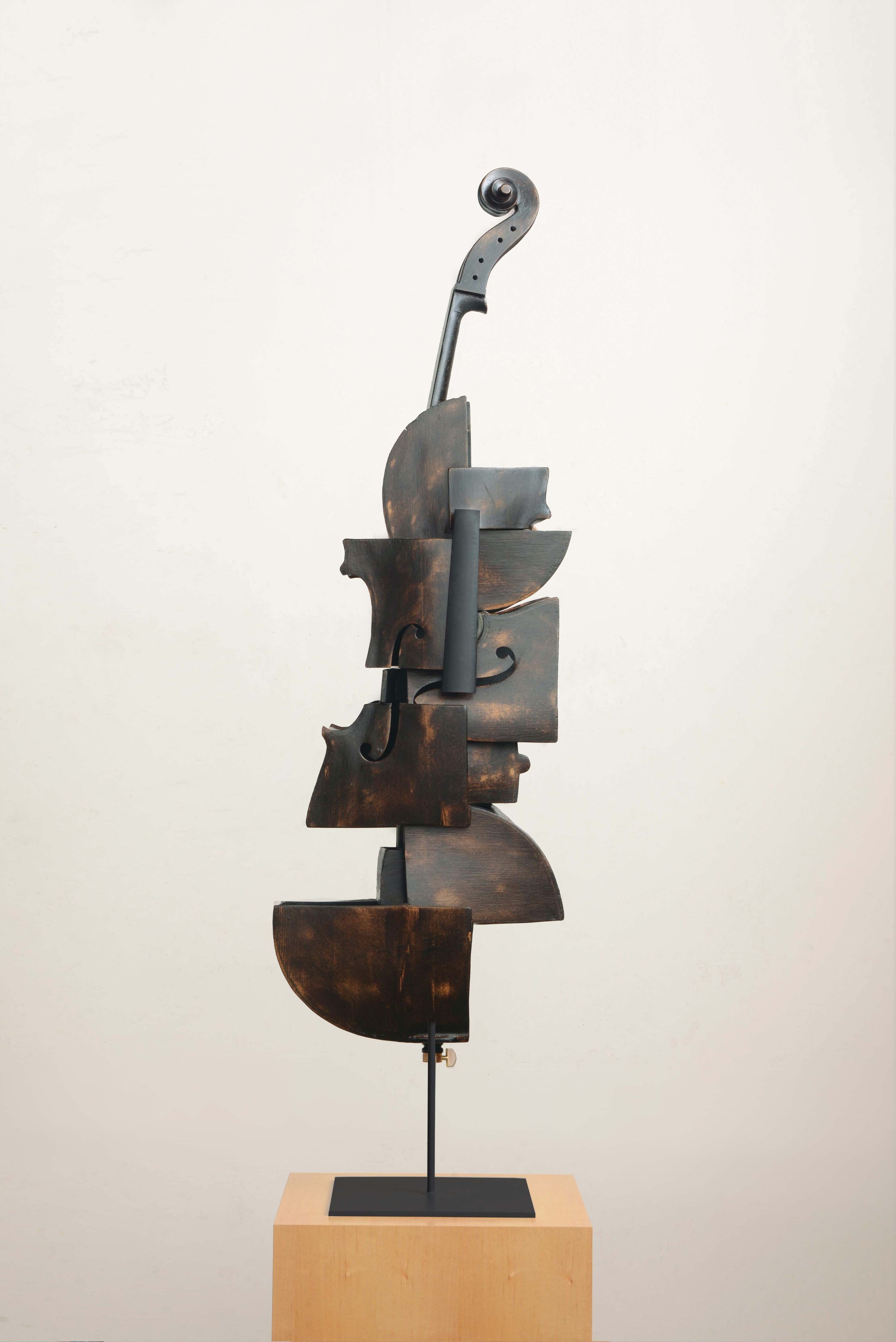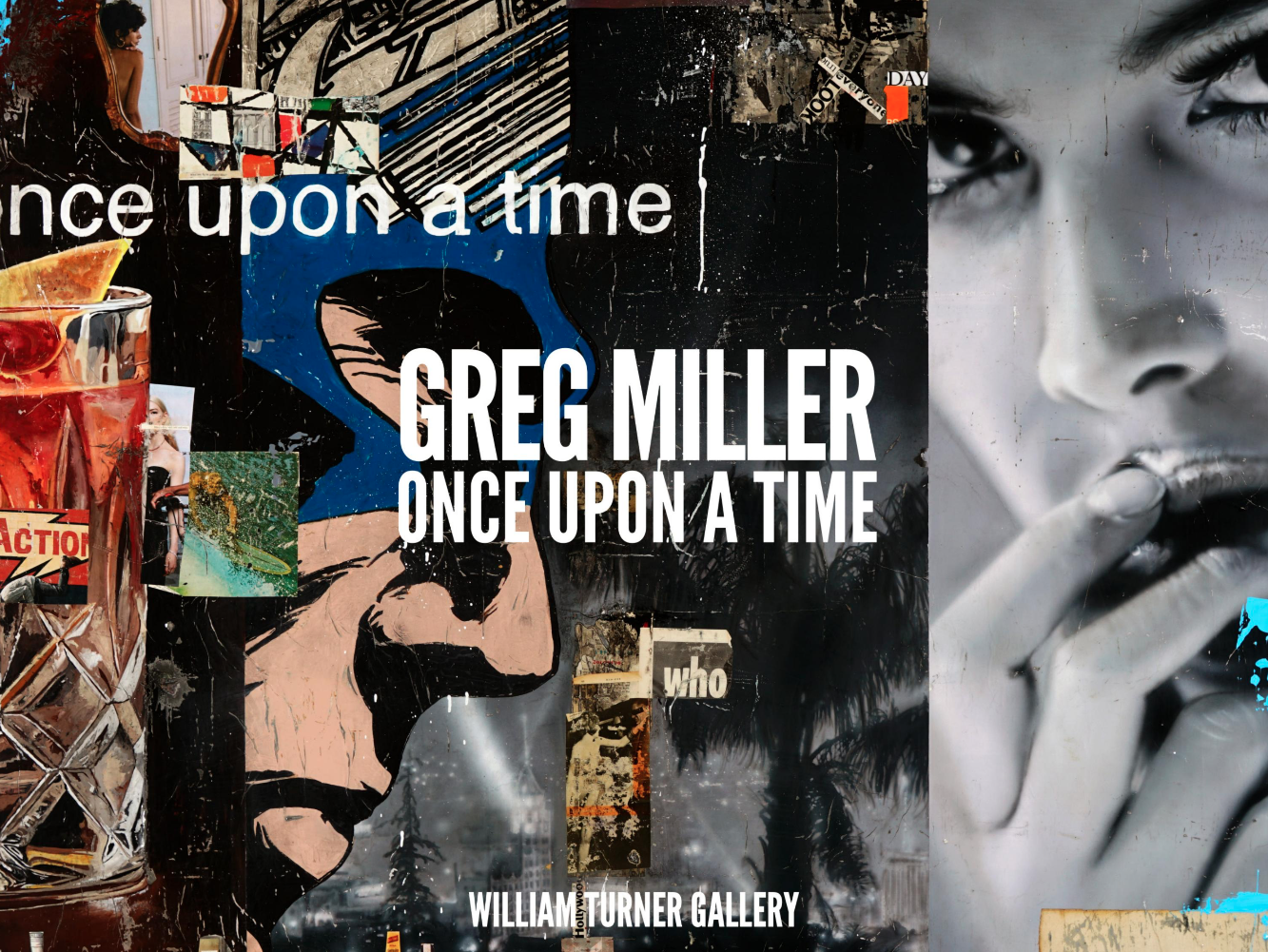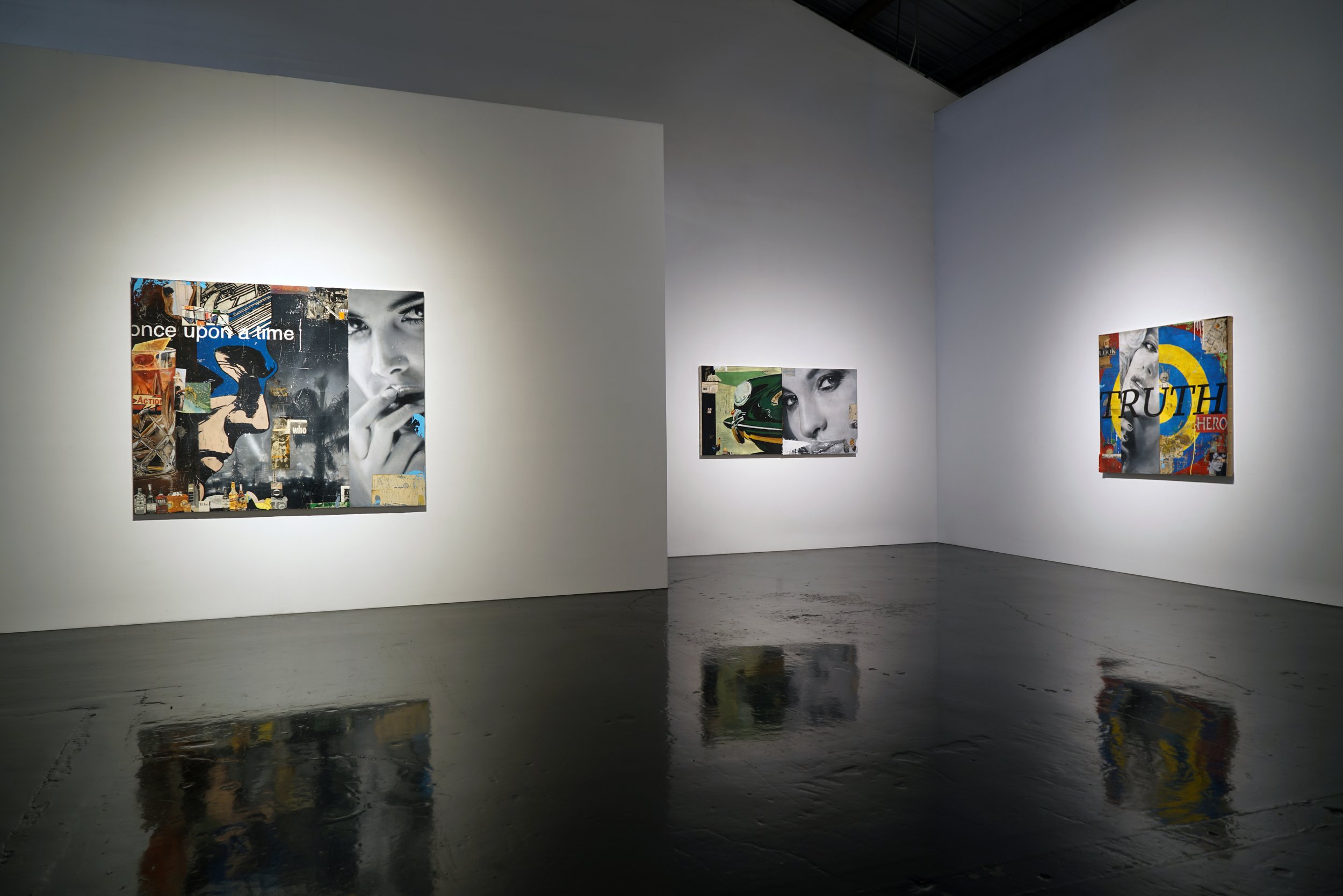Opening Tomorrow, Saturday, January 13 from 5-8PM - Peter Lodato: Diamonds/Divisions/Voids & Koji Takei: Intertwined
/Vermillion Green & White, 2023, oil on canvas, 96” x 84”
PETER LODATO
Lodato holds a Graduate degree from California State University. His artistic contributions have been recognized through a solo retrospective curated by the Frederick Weisman Foundation (2000), and exhibitions at prestigious institutions such as PS1 in New York City (1978), Whitney Museum of American Art’s Biennial (1981), the Museum of Contemporary Art in Los Angeles, and the Los Angeles County Museum of Art. His works grace esteemed collections in various public and private institutions, including the Brooklyn Museum, the Seattle Art Museum, the Dallas Museum of Art, and the San Diego Museum of Contemporary Art. This extensive presence in renowned collections underscores the impact and significance of Lodato's artistic vision within the realm of contemporary art. He lives and works in Venice, California.
Cello, wood, stains & varnish on metal stand, 53” x 14” x 7”
Through his background in photography and graphic design, Takei first began piecemealing his disparate photographs (pre-Photoshop) and constructing them into sculptures to be photographed. This in turn, led to Takei becoming a sculptor.
Drawing from the discourse of Picasso, Braque and the Surrealists, Takei’s sculptures reference, yet expand upon these oeuvres in a playful syncretism of the two. His work transcends the cacophony often associated with Cubism, offering a vocabulary suffused with irony. that engages in the contemplation of diverging vantage-points in-the-round. The minimal yet commanding presence of his pieces draws parallel to the interlocking sculptures of the late Isamu Noguchi, echoing a profound artistic resonance. Through Intertwined, Koji Takei continues to redefine the boundaries of Cubism. As much as Takei’s pieces are Cubist in nature there is also an unmistakable Asian influence in the working method of the Japanese native.
As a Japanese-American residing in Los Angeles, Takei's influence extends far beyond his innovative work. He has taught at the California Institute of the Arts in Valencia, California; Otis College of Art & Design in Los Angeles, and is currently a faculty member at the Art Center College of Design in Pasadena and Academy of Art University in San Francisco. This underscores his commitment to shaping the next generation of artistic visionaries.
























